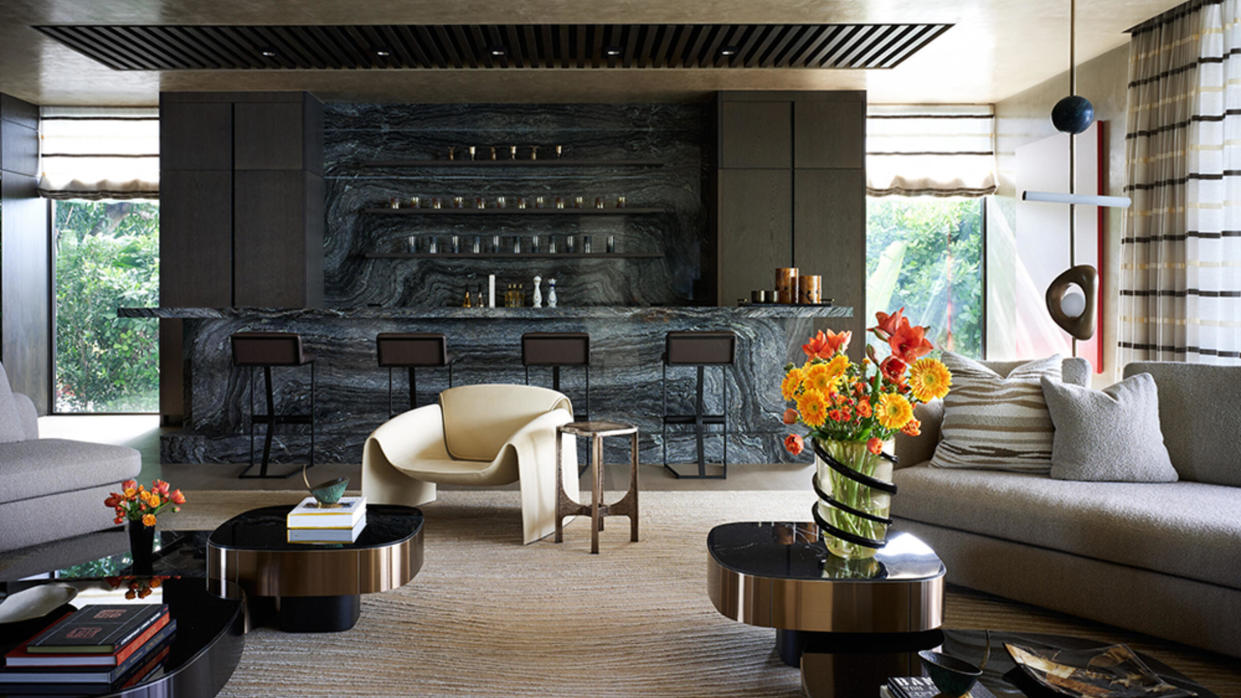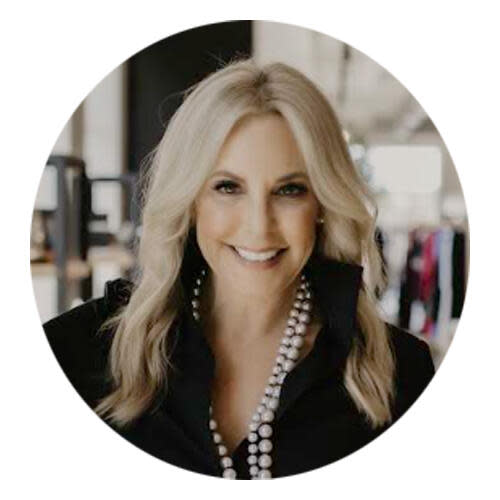7 designers on the material they refuse to use

Trade Tales | Nov 24, 2023
Understanding how a material will wear with time is an integral part of a designer’s job. With that in mind, we asked seven designers—Traci Connell, Margaret Donaldson, Joan Enger, Megan Molten, Jessica Schuster, Samantha Stathis-Lynch and Joy Williams—what materials they refuse to use in their work. (Spoiler, many of them are on the same page about viscose.)

High maintenance
“As much as I love the feel of viscose, we cannot use it. It’s amazing how many beautiful rugs and upholstery fabrics [you’ll find] viscose in. It is so hard to restrain ourselves as designers, but our clients often have small kids or pets around and typically live on the water—unfortunately, that’s a recipe for disaster, as viscose has to be dry-cleaned. Other cons: It is prone to stretching, it absorbs moisture and body oils, and it cannot be spot-treated.” —Megan Molten, Mount Pleasant, South Carolina

The real deal
“We insist on using real stone, and much prefer honed finishes versus polished, man-made material. The difference, at least to us, is very apparent, and we don’t mind a few age marks from potential staining. We prefer a timeless patina wherever possible.” —Joan Enger, J. Patryce Design & Company, Hoboken, New Jersey

Clean slate
“I will never use viscose. It is highly stainable, and it’s just not cleanable. I never want to use something in a project that won’t stand the test of time. I prefer natural materials and even polys—things that are easily cleanable. Even though I love the way that flatter matte paint looks, it’s harder to clean and touch up. So, I always recommend doing an eggshell or estate emulsion.” —Jessie Schuster, Jessica Schuster Interior Design, New York

Leaving a mark
“I will not use velvets that show shading or marks when it’s sat upon. We’re designing primary homes for busy families and lake houses built for welcoming guests and entertaining—there is no time to fuss over velvet that easily shows marks. It will become a headache for us down the road once they discover the delicacy of the fabric.” —Traci Connell, Traci Connell Interiors, Dallas

Flaws out
“I don’t like to use a higher-sheen finish on dining tables. The higher the sheen, the more scratches will show. In most of the homes we design, the dining room is full of windows, and the more light that is cast on the surface, the higher the sheen will appear.” —Margaret Donaldson, Margaret Donaldson Interiors, Charleston, South Carolina

Natural beauty
“Number one on my [“do not use”] list is synthetic stone. I find that while they are advertised as being extremely durable, they still manage to chip and stain, so why not use the real deal? Nature has gifted us with the most extraordinary stones—like marble and onyx—that will never go out of style. There’s nothing more timeless than a Carrara marble countertop, and there are some incredible new UV sealants that make them almost indestructible. Second has to be acrylic. While it may be able to withstand more weight than glass and is less likely to shatter, it scratches far more often, and common household cleaners can cause it to fog up.” —Samantha Stathis-Lynch, Samantha Ware Designs, Hoboken, New Jersey

Washed up
“I find myself educating clients on viscose and why they should skip that seemingly beautiful rug that looks like silk but actually won’t retain that sheen or last a year with regular use. I often see them in heavily trafficked areas of a home, which is the absolute worst place to lay a viscose rug. They are difficult to keep clean, the colors bleed, and if they come in contact with moisture, they discolor and look worse for wear over time. I recommend wool rugs—sometimes a wool blend if budget is an issue—as well as kilims or flat weaves, natural jutes and sisals.” —Joy Williams, Joyful Designs Studio, Chicago
Want to stay informed? Sign up for our newsletter, which recaps the week’s stories, and get in-depth industry news and analysis each quarter by subscribing to our print magazine. Join BOH Insider for discounts, workshops and access to special events such as the Future of Home conference.

